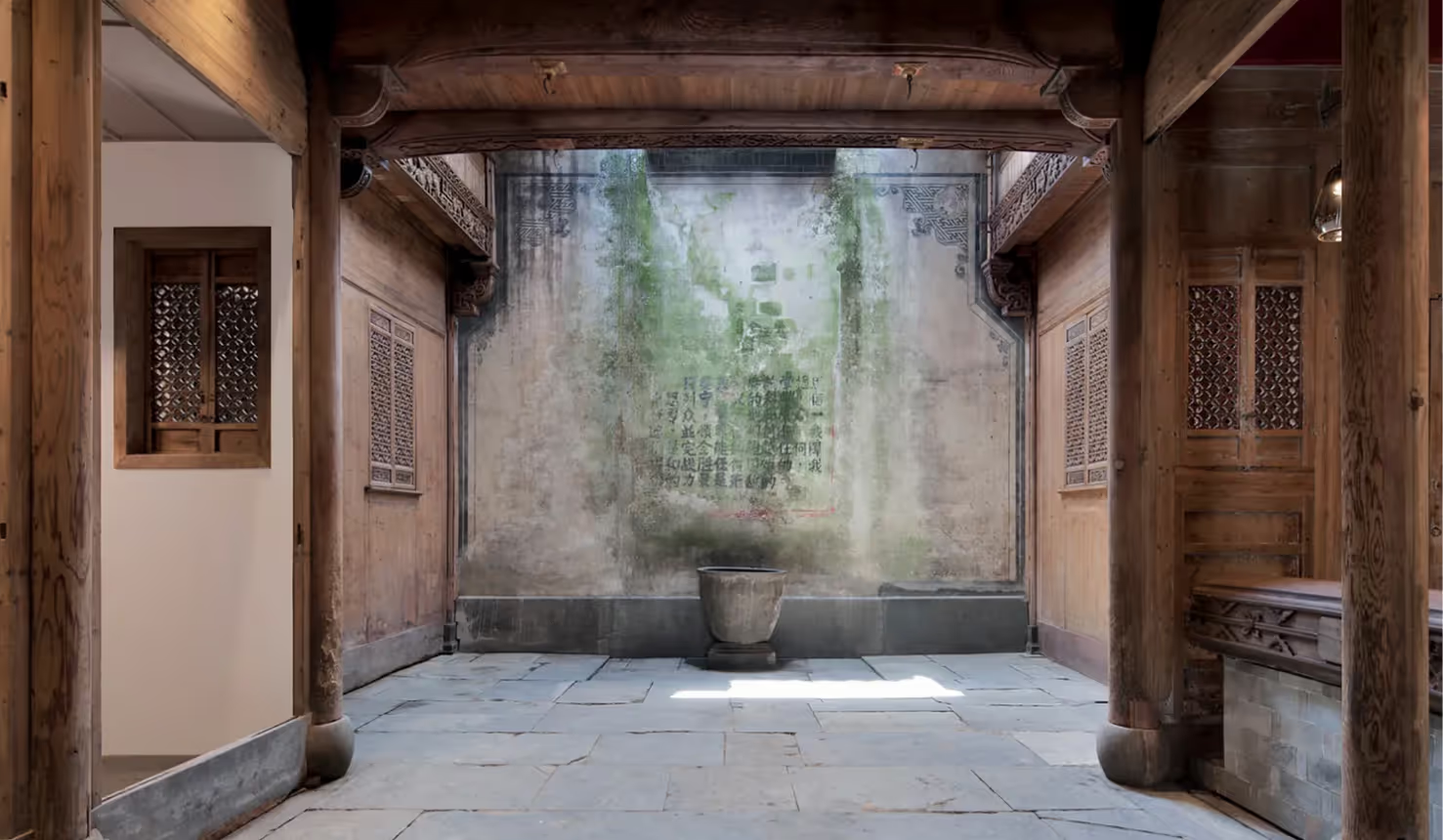Cooling Architecture: Exploring Skywells

Join the community





Skywells, also known as light wells or airshafts, are architectural features that provide natural light, ventilation, and cooling to interior spaces. They are typically vertical shafts or openings that extend from the roof to lower levels of the building, allowing outdoor air and sunlight to enter.
Skywells have a long history in Chinese architecture and have been used for centuries to provide natural, passive cooling and ventilation in buildings. In China, they are often referred to as "air wells" or "windcatchers." Traditional Chinese architecture has incorporated these features to harness natural elements for cooling, especially in hot and humid climates. Here's how skywells can contribute to cooling indoor spaces:
Natural Ventilation
Skywells create a vertical pathway for air movement. As warm air rises within the building, it is replaced by cooler outdoor air drawn in through the skywell. This creates a natural ventilation system, which helps remove stagnant air and heat from the building's interior.
Stack Effect
The stack effect, also known as the chimney effect, is a natural phenomenon that occurs when warm air rises and is replaced by cooler air entering through lower openings. Skywells can enhance this effect by providing a clear vertical path for the warm air to rise and escape, pulling in cooler air from the surroundings.
Daylighting
Skywells bring in natural sunlight, reducing the need for artificial lighting during the day. This not only saves energy but also reduces the heat generated by artificial lights, contributing to a cooler indoor environment.
Heat Dissipation
In hot climates, skywells can facilitate the dissipation of heat trapped within a building. By creating a pathway for hot air to escape, the indoor temperature can be lowered, making the building more comfortable.
Thermal Mass
Skywells can also incorporate thermal mass elements, such as stone or concrete, which absorb heat during the day and release it slowly during cooler periods. This helps regulate indoor temperatures and reduces temperature fluctuations.
Cross Ventilation
When combined with well-placed windows or openings on different sides of a building, skywells can facilitate cross-ventilation. This means that air can flow through the building horizontally as well as vertically, providing effective cooling and air circulation.
Aesthetic and Psychological Benefits
Skywells can create visually appealing spaces within a building, often acting as interior courtyards or gardens. The presence of greenery and water features can evoke a sense of calm and contribute to psychological comfort.
It's important to note that the effectiveness of skywells for cooling depends on various factors, including the building's design, location, climate, and surrounding environment. While skywells can provide natural cooling benefits, their design needs to be carefully considered to optimize their performance and ensure they meet the desired outcomes.
In modern architecture, strategies for natural cooling and ventilation have evolved, including the use of passive cooling techniques, advanced ventilation systems, and sustainable design principles. These strategies often integrate the principles of skywells with other innovative approaches to create comfortable and energy-efficient indoor environments.
Cover photo via BBC.










.png)


